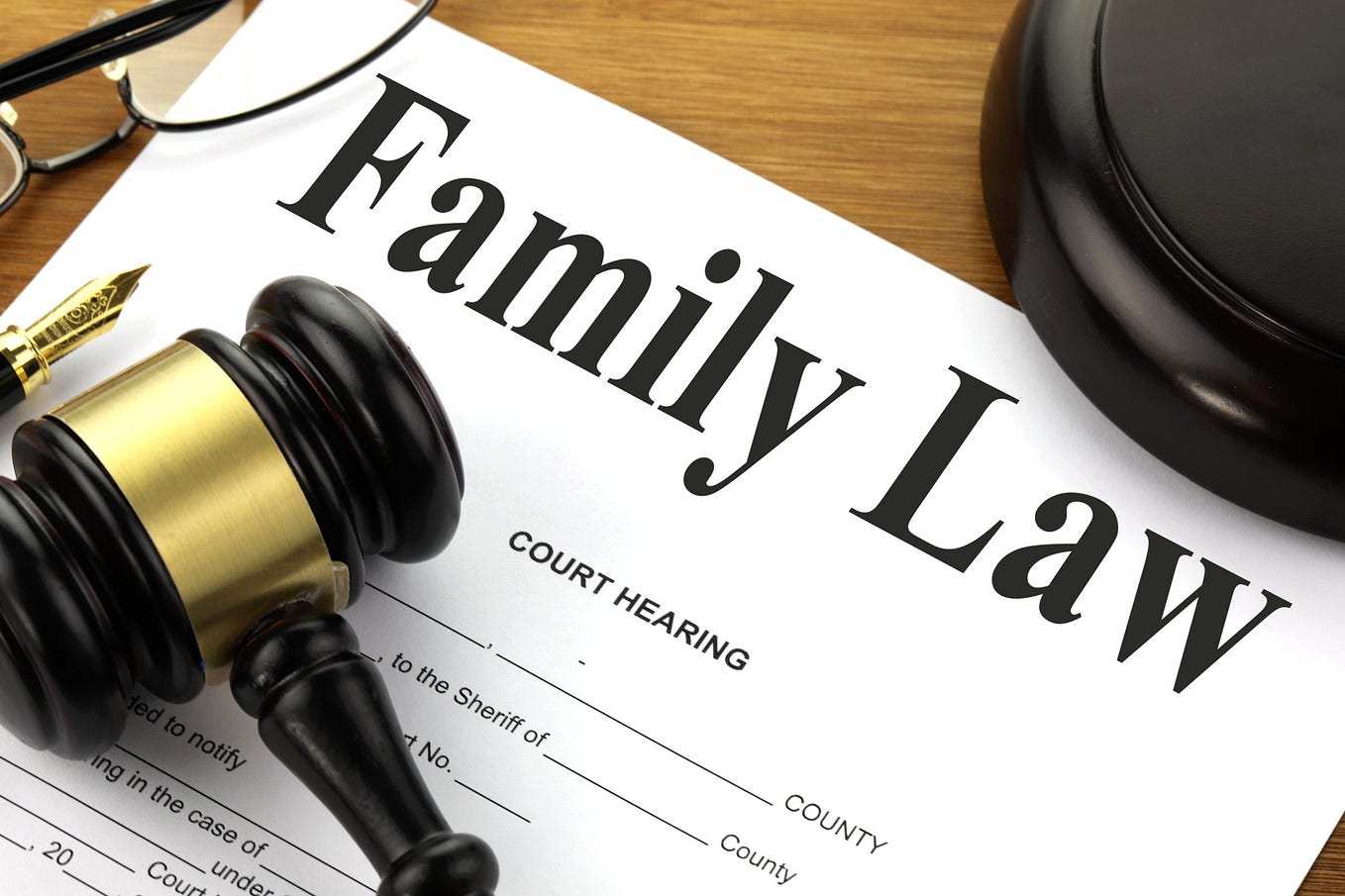In the pursuit of justice for victims of medical negligence in Lodi, California, building a compelling medical malpractice case is paramount. This process hinges on the collection and presentation of substantial evidence to prove that malpractice occurred, leading to harm or injury. Understanding the types of evidence required is crucial for victims and their legal teams as they navigate the complexities of medical malpractice litigation. This article delves into the essential evidence needed to support a medical malpractice case in Lodi, providing insights into how each piece contributes to establishing a convincing argument for compensation.
Medical Records: The Foundation of Your Case
Medical records form the backbone of any medical malpractice case. These documents contain detailed information about the patient’s condition, the treatments administered, the medical personnel involved, and the timeline of care. Essential medical records include:
- Hospital Records: Admission forms, treatment plans, nursing notes, medication records, and discharge summaries.
- Diagnostic Tests: Results from lab tests, imaging studies (X-rays, MRIs, CT scans), and other diagnostic procedures that provide objective evidence of the patient’s condition.
- Physician Notes: Detailed notes from doctors and specialists outlining their observations, diagnoses, treatment recommendations, and follow-up care.
Collecting comprehensive medical records is the first step in demonstrating what treatment was provided and whether it deviated from the accepted standard of care.
Expert Testimony: Establishing the Standard of Care
Medical malpractice cases often hinge on the concept of the “standard of care,” which refers to the level and type of care that a reasonably competent healthcare professional Sue doctor in Lodi, CA, with a similar background and in the same medical community, would have provided under similar circumstances. To prove a breach of the standard of care, expert testimony is usually required. These experts, typically experienced practitioners or academicians in the same field as the defendant, will review the case details and testify about:
- The relevant standard of care for the situation.
- How the defendant’s actions deviated from this standard.
- The direct link between this deviation and the patient’s injury or harm.
Witness Statements: Corroborating the Patient’s Experience
Witness statements can provide valuable insights into the patient’s experience and the impact of the alleged malpractice. This may include:
- Statements from the Patient and Family Members: Descriptions of the care received, interactions with healthcare providers, and the personal and financial impact of the malpractice.
- Testimony from Other Healthcare Providers: Observations from nurses, technicians, or other doctors who were involved in the patient’s care and can speak to deviations from standard practices.
Documentation of Damages: Quantifying the Impact
To secure compensation in a medical malpractice case, it is necessary to demonstrate not only that malpractice occurred but also that it resulted in specific damages. Evidence of damages can include:
- Bills and Receipts: Documenting medical expenses incurred as a result of the malpractice, including costs for treatments, medications, and rehabilitation.
- Employment Records: To show lost wages and diminished earning capacity, employment records, pay stubs, and statements from employers can be used.
- Personal Diaries or Journals: Patients are often encouraged to keep detailed records of their recovery process, pain levels, and how the injury affects their daily activities and quality of life.
Photographic and Video Evidence: Visual Proof of Injuries
Visual evidence can be powerful in illustrating the severity and impact of injuries. This may include:
- Photographs of Injuries: Taken over time to document the physical effects of the malpractice and the progression of healing.
- Video Diaries: Some patients create video records of their struggles with daily tasks, rehabilitation efforts, and the personal impact of their injuries, providing a vivid account of their post-malpractice challenges.
Legal and Medical Correspondence: Additional Context
Correspondence between the patient (or their representatives) and healthcare providers, insurance companies, or legal representatives can offer additional context regarding the recognition of the issue, attempts to address concerns, and the stance of involved parties. This might include:
- Complaints to Medical Boards or Hospitals: Documentation of formal complaints lodged against the healthcare provider or institution.
- Letters from Healthcare Providers: Including apologies, explanations, or admissions related to the care provided.
Conclusion
Building a robust medical malpractice case in Lodi requires a multifaceted approach to evidence collection. Each piece of evidence serves to reinforce the narrative that medical negligence occurred, directly causing harm or injury to the patient. Given the complexities of proving medical malpractice, working with experienced legal professionals who can effectively gather and present this evidence is essential. A skilled attorney will not only help navigate the legal landscape but also ensure that the victim’s rights are fully represented, aiming to secure the compensation deserved for the wrongdoing experienced. Remember, the quality and comprehensiveness of the evidence are key to demonstrating the validity of a medical malpractice claim and achieving a favorable outcome in court or through settlement negotiations.

